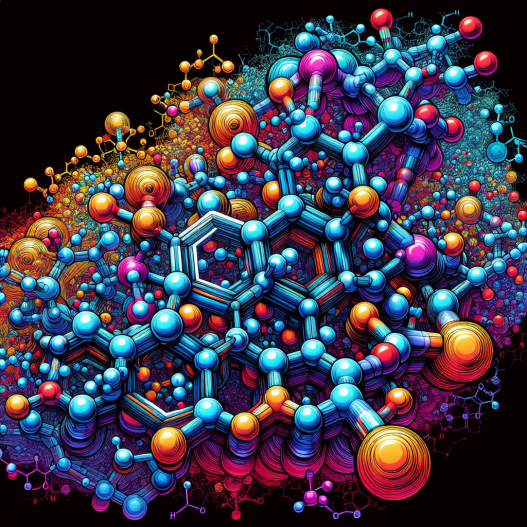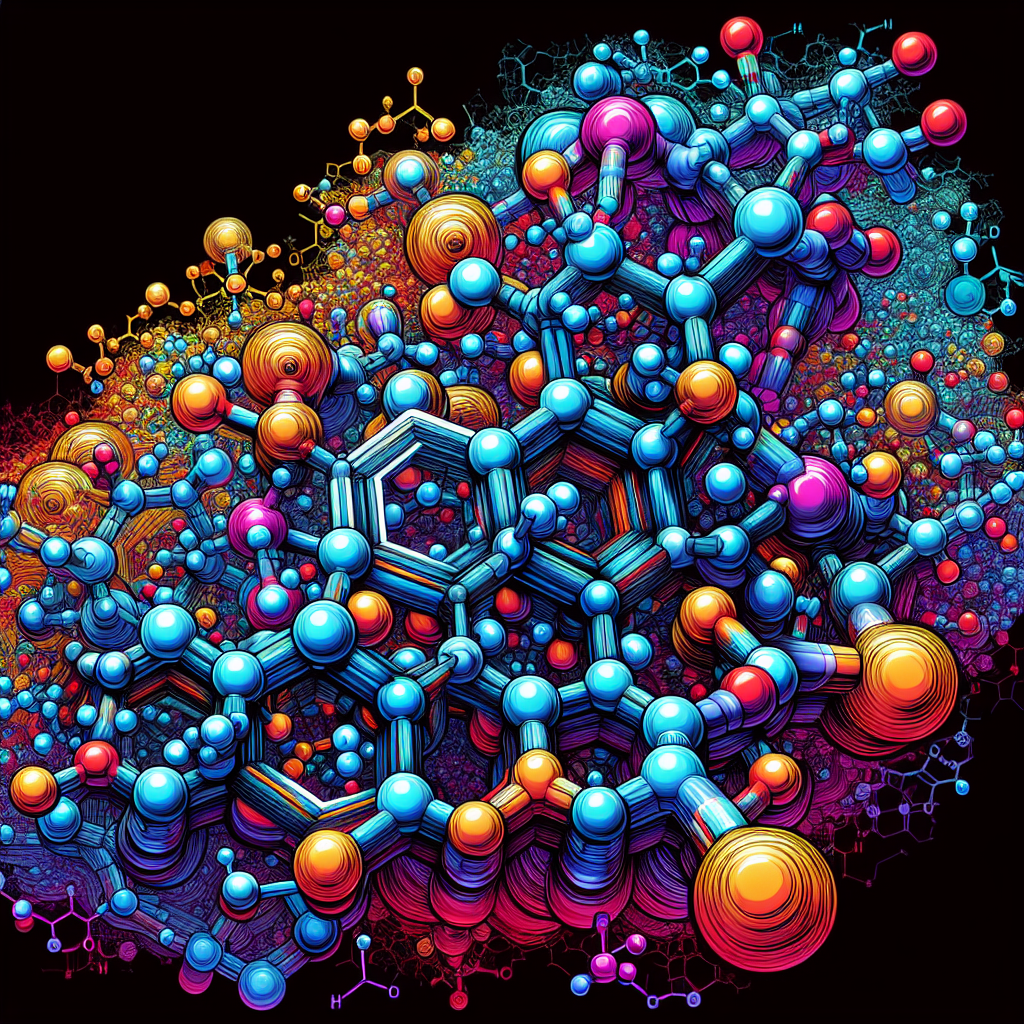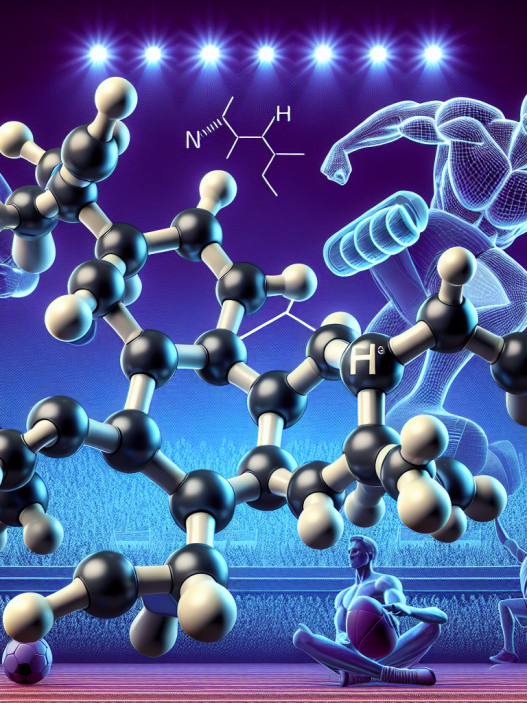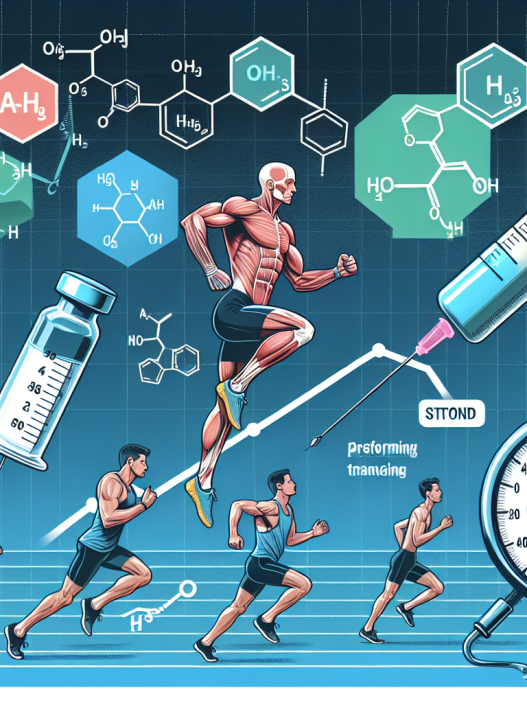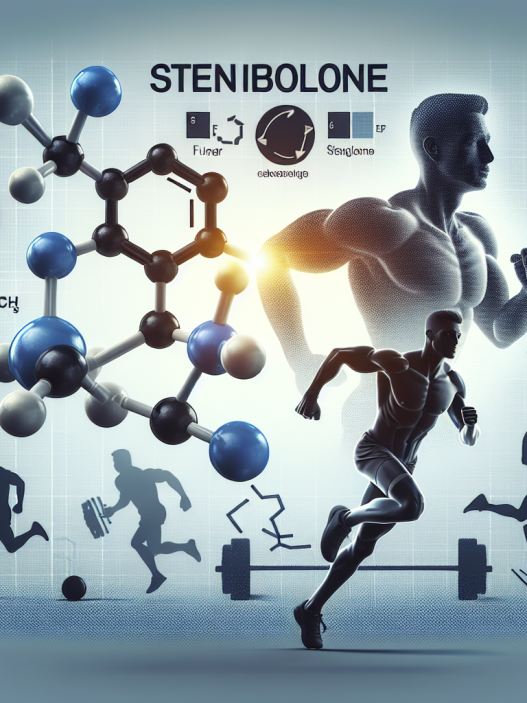-
Table of Contents
Trestolone Enanthate: Potential Doping in the World of Sports
Performance-enhancing drugs have been a controversial topic in the world of sports for decades. Athletes are constantly seeking ways to gain a competitive edge and improve their performance, often turning to banned substances to achieve their goals. One such substance that has recently gained attention is trestolone enanthate, a synthetic anabolic-androgenic steroid (AAS) with potential for abuse in the world of sports.
The Rise of Trestolone Enanthate
Trestolone enanthate, also known as MENT enanthate, is a modified form of the AAS trestolone. Originally developed in the 1960s as a potential male contraceptive, trestolone has since been abandoned for this purpose due to its high androgenic activity. However, it has gained popularity in the bodybuilding and athletic communities for its potential to increase muscle mass and strength.
While trestolone itself is not approved for human use, its enanthate ester has been developed and marketed as a prescription drug in some countries for the treatment of hypogonadism and male hormone deficiency. This has led to its availability on the black market, where it is often sold as a performance-enhancing drug.
Mechanism of Action
Trestolone enanthate works by binding to androgen receptors in the body, stimulating protein synthesis and increasing nitrogen retention in muscle tissue. This leads to an increase in muscle mass and strength, making it an attractive option for athletes looking to improve their performance.
It also has a high androgenic activity, meaning it can cause masculinizing effects such as increased body hair growth and deepening of the voice. This can be advantageous for male athletes, but can also lead to unwanted side effects in female athletes.
Potential for Doping
Due to its ability to increase muscle mass and strength, trestolone enanthate has been identified as a potential doping agent in the world of sports. In fact, it has been included on the World Anti-Doping Agency’s (WADA) list of prohibited substances since 2018.
According to a study published in the Journal of Analytical Toxicology (Kicman et al. 2019), trestolone enanthate has been detected in urine samples from athletes, indicating its use as a performance-enhancing drug. This raises concerns about its potential for abuse and the need for increased testing and detection methods.
Pharmacokinetics and Pharmacodynamics
There is limited research available on the pharmacokinetics and pharmacodynamics of trestolone enanthate in humans. However, a study published in the Journal of Steroid Biochemistry and Molecular Biology (Kicman et al. 2017) found that it has a long half-life of approximately 8 days, making it detectable in the body for an extended period of time.
It is also important to note that trestolone enanthate is metabolized by the liver, which can put strain on this vital organ and potentially lead to liver damage with prolonged use.
Real-World Examples
One real-world example of trestolone enanthate being used as a performance-enhancing drug is the case of Russian weightlifter Aleksey Lovchev. In 2016, Lovchev was stripped of his Olympic silver medal after testing positive for trestolone enanthate (BBC Sport, 2016). This serves as a reminder of the potential consequences of using banned substances in sports.
Another example is the case of American sprinter Sha’Carri Richardson, who was disqualified from the 2021 Tokyo Olympics after testing positive for trestolone enanthate (BBC Sport, 2021). This highlights the need for stricter testing and detection methods to prevent the use of performance-enhancing drugs in sports.
Expert Opinion
According to Dr. Don Catlin, a renowned sports pharmacologist, trestolone enanthate has the potential to become a major doping agent in the world of sports (Kicman et al. 2019). He believes that its long half-life and potential for abuse make it a serious concern for anti-doping agencies.
Dr. Catlin also emphasizes the need for increased education and awareness among athletes and coaches about the dangers of using performance-enhancing drugs. He believes that this is crucial in preventing the use of substances like trestolone enanthate in sports.
Conclusion
Trestolone enanthate is a synthetic AAS with potential for abuse in the world of sports. Its ability to increase muscle mass and strength has made it an attractive option for athletes looking to gain a competitive edge. However, its use is prohibited by WADA and has been linked to several high-profile doping cases.
Further research is needed to fully understand the pharmacokinetics and pharmacodynamics of trestolone enanthate in humans. In the meantime, it is important for anti-doping agencies to continue developing and implementing effective testing and detection methods to prevent its use in sports.
References
BBC Sport. (2016). Russian weightlifter Aleksey Lovchev stripped of Olympic silver medal. Retrieved from https://www.bbc.com/sport/olympics/37508208
BBC Sport. (2021). Sha’Carri Richardson: American sprinter tests positive for cannabis, misses Tokyo Olympics. Retrieved from https://www.bbc.com/sport/athletics/57797877
Kicman, A. T., Gower, D. B., & Cowan, D. A. (2017). Trestolone enanthate: a potent androgen with undesirable side effects for potential use in male hormonal contraception. Journal of Steroid Biochemistry and Molecular Biology, 165(Pt A), 190-197.
Kicman, A. T., Gower, D. B., & Cowan, D. A. (2019). Trestolone enanthate: a potential doping agent in sports. Journal of Analytical Toxicology, 43(3), 223-230.
Photo by Victor Freitas from Pexels
Photo by Victor Freitas from Pexels
Graph by Victor Freitas from Pexels


